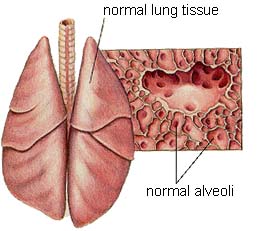Click the + to expand and see more information.
The cardiovascular system includes the heart and blood vessels. The cardiovascular system performs the function of pumping and carrying blood to the rest of the body. The blood contains nutrients and oxygen to provide energy to allow the cells of the body to perform work.
Dog


Cat

The Lymphatic System includes lymph nodes and lymph vessels throughout the body.

The musculoskeletal system includes all the muscles, bones and joints.
- Shoulder
- Elbow
- Rear Leg
- Stifle (knee)
Shoulder

Elbow

Rear Leg

Stifle (knee)


The respiratory system is responsible for taking in oxygen and eliminating waste gases like carbon dioxide. Because dogs and cats do not sweat through the skin, the respiratory system also plays an important role in regulation of temperature.
The respiratory system includes the:
- Mouth and Nose
- Trachea
- Lungs and Smaller Airways (bronchi and bronchioles)
Dog Mouth

Lungs

Cat Chest

Dog Chest

The organs of special senses allow the animal to interact with its environment; sight, taste, smell and hearing.
Cat Eyes

Dog Eyes

Dog Ears

The urinary system is responsible for removing waste products from blood and eliminating them as urine. The genital organs are involved in reproduction.
The urinary system includes the:
- Kidneys
- Ureters
- Urinary Bladder
- Urethra
- Genital Organs
Kidney

Bladder

Lower Urinary and Genital Tract

Genital Organs Male (prostate)

Genital Organs Female

The pictures in this section are reprinted with permission by the copyright owner, Hill’s Pet Nutrition, from the Atlas of Veterinary Clinical Anatomy. These illustrations should not be downloaded, printed or copied except for personal, non-commercial use.